More information about Artus Quellinus, the exhibition, press release and downloadable images can be found below:
OPEN from 19 April until 7 May — 10.00-18.00 hr.
Artus Quellinus
Sculptor of Amsterdam
During the Amsterdam 750 anniversary year, the Rijksmuseum and the Royal Palace Amsterdam team up for the exhibition: Artus Quellinus - Sculptor of Amsterdam.
To be visited from 18 June to 27 October at Quellinus' masterpiece: the Royal Palace Amsterdam.
The exhibition
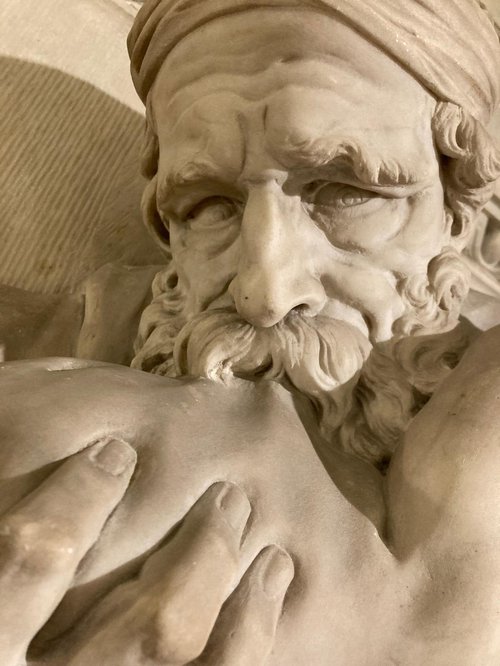
As part of the celebrations of Amsterdam 750, the Royal Palace Amsterdam and the Rijksmuseum put one of the city's best-kept art secrets into the spotlights: the work of leading seventeenth-century sculptor Artus Quellinus. This first retrospective of Quellinus unites more than 100 top-class pieces from national and international collections, including sculptures that have never been shown in The Netherlands before in his major masterpiece: the Royal Palace in Amsterdam. Artus Quellinus, originally from Flanders, is known as the most important Baroque sculptor of Amsterdam and far beyond. He decorated the then Amsterdam Town Hall with hundreds of expressive marble and bronze statues. Partly because of this, the building acquired an un-Dutch grandeur and became known as the Eighth Wonder of the World.
Enjoy Quellinus' sculptures full of stories and surprising details and discover for yourself why he is the 'master of living marble'.
The exhibition Artus Quellinus –Sculptor of Amsterdam runs from 18 June to 27 October 2025 in the Royal Palace at the Dam.
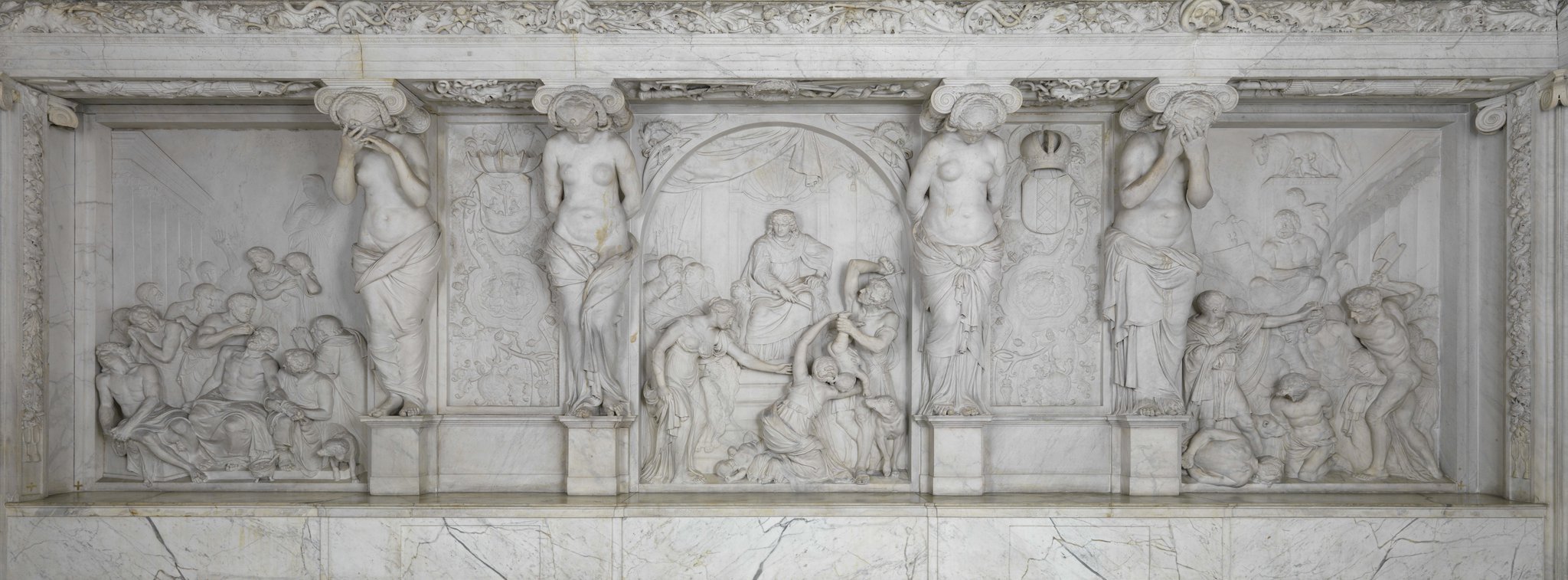
Sculptor of Amsterdam
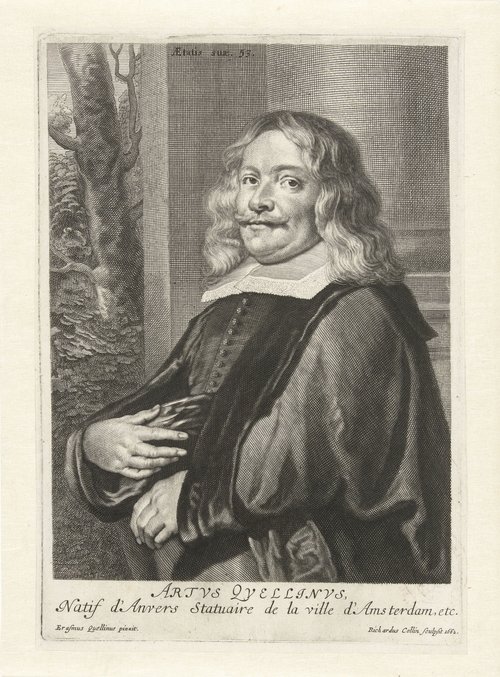
Artus Quellinus (1609 – 1668) was one of the most influential sculptors of the seventeenth century. After he returned from Rome, the Amsterdam city council commissioned Antwerp-born Quellinus to adorn the new Amsterdam Town Hall, which is now the Royal Palace. He created iconic statues such as the famous Atlas, sophisticated sculptures in the richly decorated Burgerzaal and the narrative reliefs in what can be described as ‘the Night Watch of sculpture’: the Tribunal. At the time, he proudly bore the honorary title Sculptor of Amsterdam. Quellinus’s majestic works show his extraordinary talent in capturing movement and emotion in materials such as marble. He knew how to express the softness of the human skin or the folds of fabrics. The master of living marble gave a tremendous boost to sculpture in the Netherlands and far beyond with his work in the Amsterdam Town Hall.
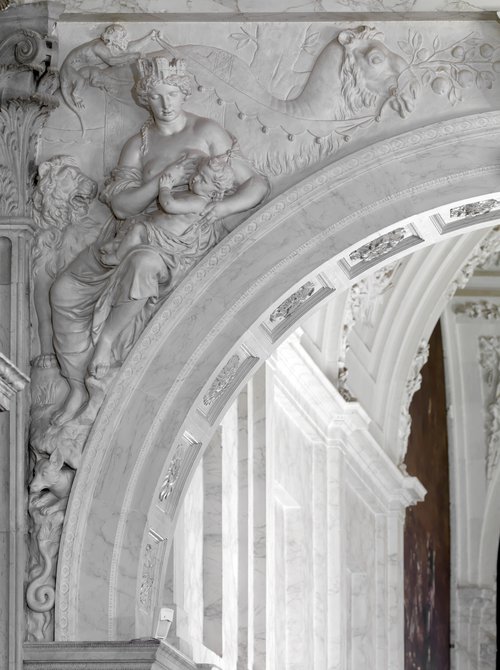
Top-class works that hardly ever or never travel
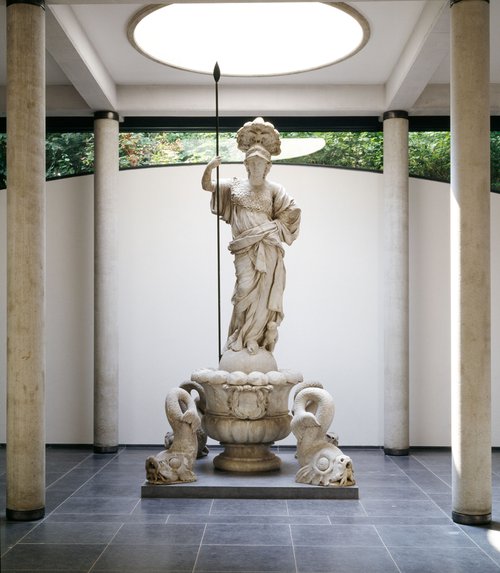
The exhibition presents a large selection of exceptional artworks from national and international, church and private collections. Small, intimate sculptures of materials such as ivory, wood and terracotta are shown next to impressively large marble figures. They range from early works in the dynamic, expressive style of Rubens to monumental projects for churches and sovereigns. Examples are the Saint Peter from the Antwerp Saint Andrew’s Church and the Pallas Athena from Museum Kurhaus Kleve that for once even leave their permanent locations. The Rijksmuseum provides no less than sixty objects and sculptures to show Quellinus’s body of works in its incredible versatility
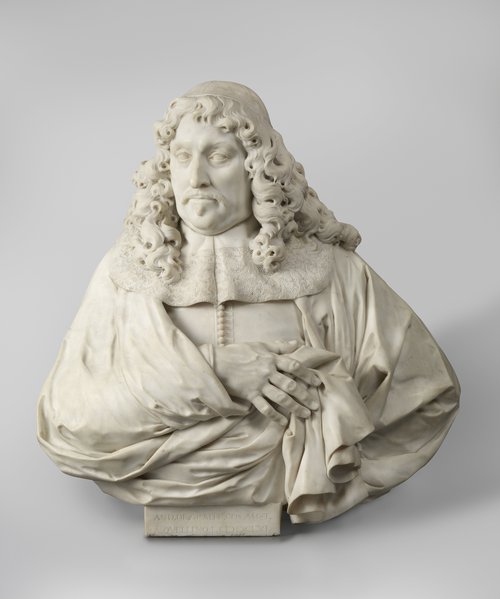
Collaboration between Royal Palace Amsterdam and Rijksmuseum
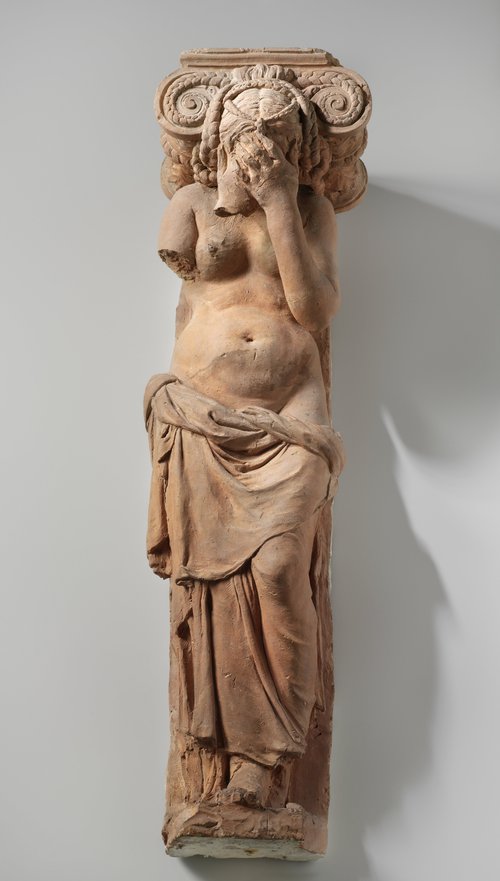
Both the Royal Palace Amsterdam and the Rijksmuseum had a strong desire to curate an overview of Artus Quellinus for years. It is the perfect collaboration in which the Royal Palace has Artus Quellinus's magnum opus and the Rijksmuseum provide the largest collection of artworks, terracotta models and many sketches that Quellinus created as preliminary studies or samples for his works in the town hall. Topical art historical and technical material research into Quellinus’s life, work and studio practices carried out by the Rijksmuseum form the scientific base of the exhibition curated by the Royal Palace Amsterdam and the publication issued by the Rijksmuseum.
Book accompanying the exhibition
A richly illustrated publication focusing on Quellinus’s life, works and studio practices will be issued with the exhibition. The book will be compiled by Rijksmuseum curator of sculpture and researcher Bieke van der Mark and will be designed by Irma Boom. It will be published in Dutch and English.
- Artus Quellinus. Beeldhouwer van Amsterdam. ISBN: 978-94-6208-911-2
- Artus Quellinus: Sculptor of Amsterdam ISBN 978-94-6208-912-9
The publication will be made possible with the help of the Stichting Pruikenburg Fonds, the Charema Fonds for History and Art through the Netherlands Cultural Fund and the Bert en Joos Mastenbroek Fonds through the Rijksmuseum Fonds
Images to download
Artus Quellinus - Artus Quellinus, Caryatids Remorse,1650-1651, terracotta, height 84.3 and 85 cm, Rijksmuseum Amsterdam (on loan City of Amsterdam).
Richard Collin naar Erasmus Quellinus de Jonge, Portret van Artus Quellinus, 1662, gravure en ets, 198 x 138 mm, Rijksmuseum Amsterdam
Koninklijk Paleis Amsterdam, Burgerzaal - foto Ruigrok
Artus Quellinus, Vierschaar, 1652-1655, marmer, Koninklijk Paleis Amsterdam (foto: Benning & Gladkova )
Artus Quellinus, Wand van de Vierschaar met De grootmoedigheid van Zaleucus, Het oordeel van Salomo, Het oordeel van Junius Brutus en kariatiden, 1652-1655, marmer, 2,51m hoog x 8,69m breed, in het Koninklijk Paleis Amsterdam (foto: Tom Haartsen)
Artus Quellinus, detail aapje, 1652-1655, Koninklijk Paleis Amsterdam foto Tom Haartsen
Artus Quellinus, Saturnus (detail), 1653, marmer, 189 x 107 cm (incl. lijst), in de Noordoostgalerij, Koninklijk Paleis Amsterdam (foto: Koninklijk Paleis Amsterdam)
Artus Quellinus, Atlas, 1663, Avendersteen met witte verf, hoogte ca. 715 cm, KPA (foto Ruigrok)
Artus Quellinus, Portret van Andries de Graeff, 1661, marmer, hoogte 76 cm, Rijksmuseum Amsterdam
Artus Quellinus, Model voor Berouw, 1650-1651, terracotta, hoogte 84,3 en 85 cm, Rijksmuseum Amsterdam (bruikleen Gemeente Amsterdam).
Artus Quellinus, Pallas Athene, 1659-1660, marmer, hoogte 342 cm, Kleef, Museum Kurhaus Kleve (foto: A. Gossens)
Artus Quellinus, Sint Petrus, ca. 1658, marmer, hoogte 220 cm, Antwerpen, Sint-Andrieskerk, Hugo Maertens
Artus Quellinus, Model voor Prudentia, 1650-1651, terracotta, hoogte 91 cm, Rijksmuseum Amsterdam
Artus Quellinus, detail kariatiden Berouw, 1652-1655, marmer, Vierschaar, Koninklijk Paleis Amsterdam (foto Tom Haartsen)
Koninklijk Paleis Amsterdam
Koninklijk Paleis Amsterdam, Burgerzaal met bezoekers, foto KPA
Contact
General questions and press enquiries
Royal Palace Amsterdam
Josine Pelleboer
📧 j.pelleboer@dkh.nl
Research and publication
Rijksmuseum
Casper van der Kruit
📧 c.van.der.kruit@rijksmuseum.nl
Partners
This exhibition is made possible with the help of the Mondrian Fund, Don Quixote Foundation, Zabawas, the Netherlands Cultural Fund and the Bert en Joos Mastenbroek Fonds/Rijksmuseum Fund.

